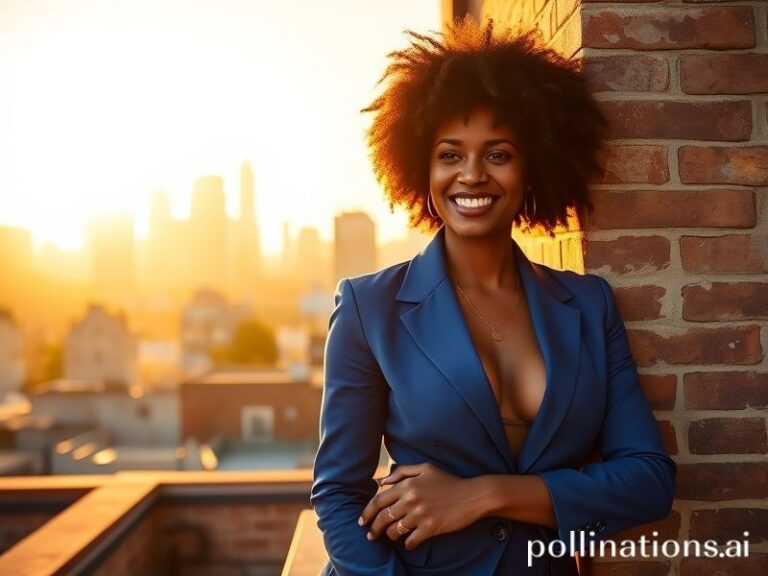Why the World Can’t Stop Talking About Time Magazine Covers
# **Time Magazine Cover: Why the World is Obsessed with This Tiny Piece of Paper**
In the digital age, where news cycles move at the speed of a TikTok scroll, it’s surprising that a single, printed magazine cover can still send the internet into a frenzy. Yet, here we are, collectively losing our minds over the latest Time Magazine cover. But why? What makes this tiny piece of paper—often featuring a single face or a bold statement—so dang compelling? Let’s dive in.
## **The Cultural Significance of Time Magazine Covers**
Time Magazine has been around since 1923, and its covers have become iconic cultural artifacts. They’re not just news; they’re statements. Whether it’s the famous “Is God Dead?” cover from 1966 or the 2020 “Karen” cover (yes, that really happened), Time’s covers have a way of capturing the zeitgeist in a single, striking image.
But why do these covers matter so much? For one, they’re a form of visual shorthand. A Time cover can distill complex issues—political, social, or cultural—into a single, shareable image. In an era of information overload, that’s gold.
## **The Social Impact: From Newsstands to Newsfeeds**
The internet has turned Time Magazine covers into viral sensations. A single tweet or Instagram post can send a cover trending globally, sparking debates, memes, and even policy discussions. Take, for example, the 2020 cover featuring then-President Donald Trump with a fiery, apocalyptic background. It wasn’t just a cover; it was a Rorschach test for how people felt about his presidency.
And let’s not forget the power of the “Person of the Year” issue. Whether it’s Greta Thunberg, the Silence Breakers, or even a mirror (yes, really), the cover sparks conversations that ripple across social media. It’s a cultural Rorschach test, a conversation starter, and sometimes, a rallying cry.
## **Why This Trend Matters**
So, why should you care? Because Time Magazine covers are more than just news—they’re cultural touchstones. They reflect our collective anxieties, hopes, and obsessions. They’re a barometer of what’s important to us as a society.
Plus, let’s be real: they’re just really good design. The bold typography, the striking imagery, the way they make you stop and think—it’s all part of the magic. In a world where attention spans are shorter than a TikTok video, a Time cover can still make you pause and reflect.
## **The Future of Time Magazine Covers**
As the media landscape continues to evolve, Time Magazine covers will likely remain a cultural force. They’ve adapted to the digital age, with interactive covers, augmented reality features, and even meme-worthy moments. But at their core, they’re still about storytelling—telling the stories that define our times.
So, the next time you see a Time Magazine cover trending, remember: it’s not just a cover. It’s a conversation starter, a cultural artifact, and a tiny piece of history in the making.
—







